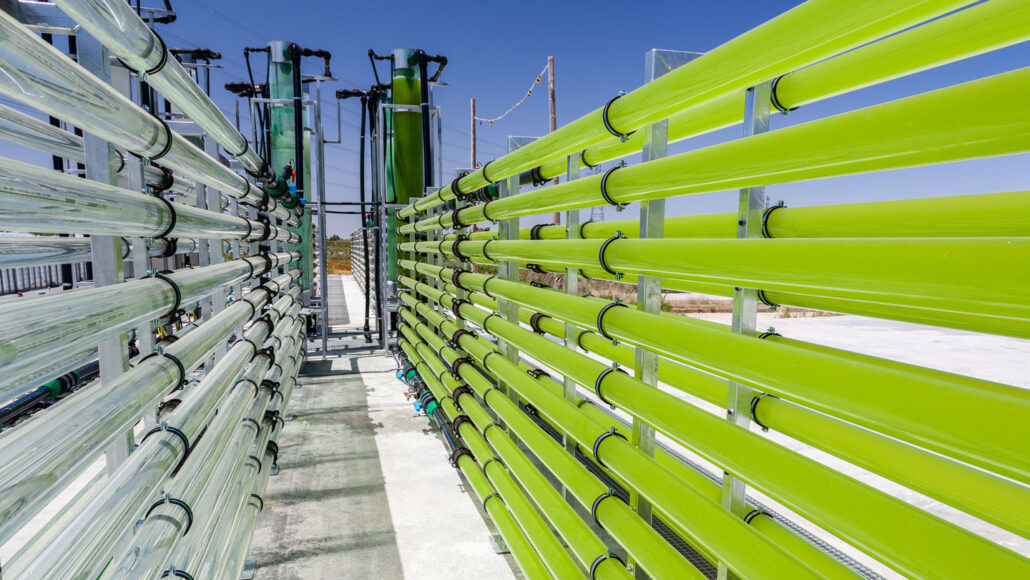
Environment
Scientists Say: Carbon capture
Carbon capture technology tackles climate change by stomping out carbon dioxide at the source.
Come explore with us!

Carbon capture technology tackles climate change by stomping out carbon dioxide at the source.

Weekly updates to help you use Science News Explores in the learning environment
Thank you for signing up!
There was a problem signing you up.

Energy demands of ChatGPT and similar AI tools can threaten Earth’s climate. So researchers have begun redesigning how to run data centers and build AI.

DNA machines and protein-mimicking nanotech could replace broken machinery in cells or even lead to made-from-scratch synthetic life.

Too much screentime poses health risks, but research suggests playing video games can sharpen some skillsets.

Researchers in Sweden coaxed wood to conduct electricity, then used it to make a climate-friendlier building block of electronics.

Offshore wind farms cost more than onshore ones. But their ability to make ‘green’ hydrogen and capture carbon dioxide could help this wind power pay off.

Airborne robots help researchers keep tabs on wildlife, agriculture and more.

From the manufacturing of our favorite devices to using them for social interactions, our digital lives can have a big climate impact.

A new coating made from a renewable resource — water-loving nanoparticles made from wood — could keep glass surfaces fog-free.

Prime numbers’ unique quality — being divisible only by themselves and one — makes them useful for encrypting secret information.